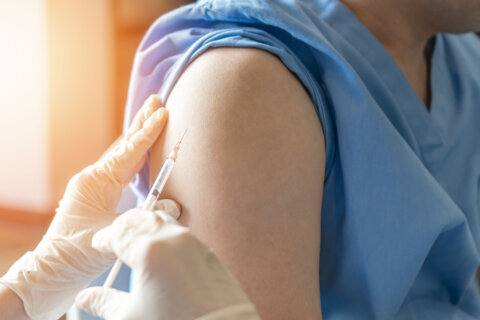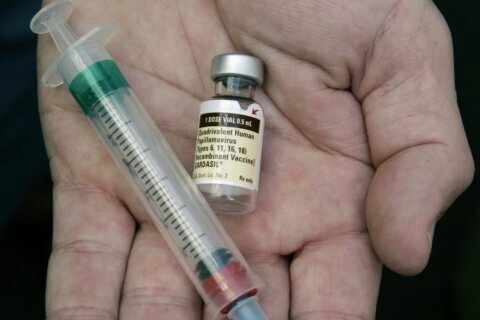Ahead of National HIV Testing Day, the Health Resources and Services Administration wants you to know that, while there are ways to reduce HIV infections and improve outcomes for those who have it, treatment can’t begin unless people get tested.
Approximately one in eight people living with HIV in the United States don’t know that they have it.
“The theme this year is, take the test and take the next step, which really gets to the heart of the importance of knowing your HIV status,” said Dr. Laura Cheever of the HIV/AIDS Bureau at the Health Resources and Services Administration. “You can protect your health, whether you test positive or negative.”
According to the Centers for Disease Control and Prevention, about 1.2 million people have HIV in the United States. Of those, an estimated 14,000 live in D.C., according to 2020 figures.
Overall, she says there has been about a 12% reduction of new infections in the U.S. since 2017.
“We’ve made some improvements, but we have a long way to go,” Cheever said. “We have the tools to end the epidemic in this country.”
You can find a list of HIV testing sites online here. Or, you can self-test, which allows people to take an HIV test and find out the result at home.
“We know there was a lot a big drop off in HIV testing, all sorts of prevention care during the pandemic. So we really have to make up for that right now,” Cheever said.
For those who test positive, Cheever said that low- to no-cost HIV treatment is available through the Ryan White HIV AIDS program for anyone who may need financial assistance.
For people who test negative, the organization has prevention strategies and tools, including condoms and vaccines, that help prevent various sexually transmitted diseases.
“When I started in HIV care in the early 90s, most people I saw that were diagnosed with HIV would die that infection in the next year or two. Today, people can live near normal lifespans, but it means they need to get diagnosed and get treatment.”
The CDC recommends that everyone between the ages of 13 and 64 should be tested at least once as part of routine care. Those who have had at least one sexual partner since their last HIV test, or are having sex with someone whose sexual history is unknown, should be tested more often.








